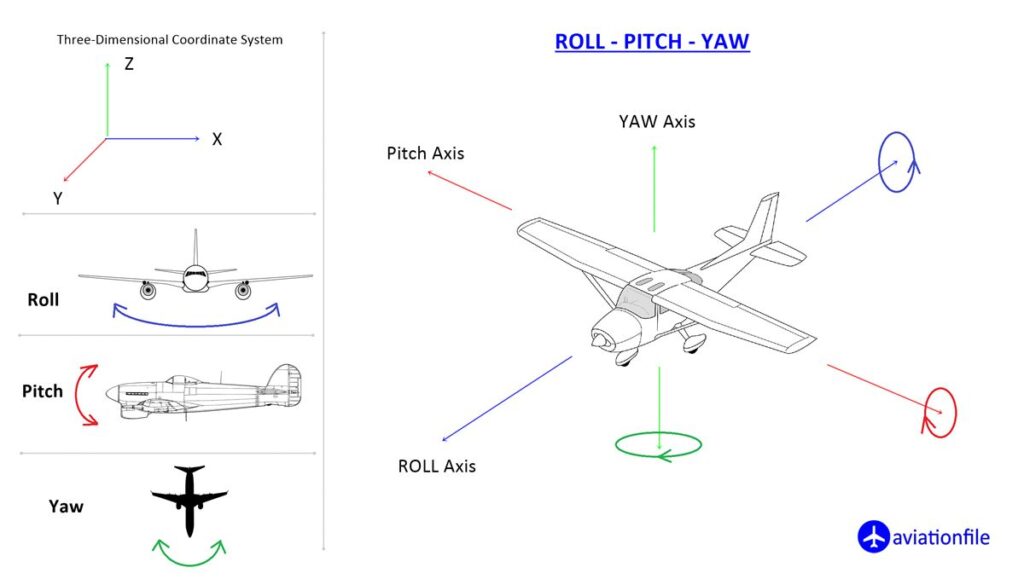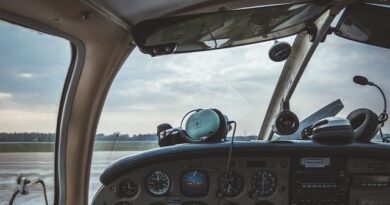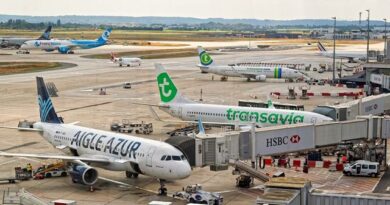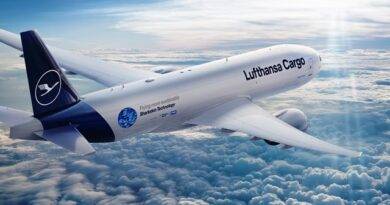Understanding Flight Control Surfaces: An Advanced Overview
Flight control surfaces are essential aerodynamic structures on an aircraft, allowing pilots to manage the aircraft’s motion across three principal axes: roll, pitch, and yaw. These control surfaces are classified into primary and secondary systems, each playing a distinct role in ensuring stability, maneuverability, and performance.
Primary Control Surfaces
1. Ailerons
Ailerons are hinged control surfaces located on the trailing edges of the wings, typically towards the wing tips. They work in opposition—when one aileron moves upward, the other moves downward. This differential movement induces a roll around the aircraft’s longitudinal axis, enabling the aircraft to bank left or right. Ailerons are crucial for maintaining lateral stability and executing coordinated turns. They are connected to the control stick or yoke in the cockpit and can be actuated via cables, rods, or electronic fly-by-wire systems in advanced aircraft.
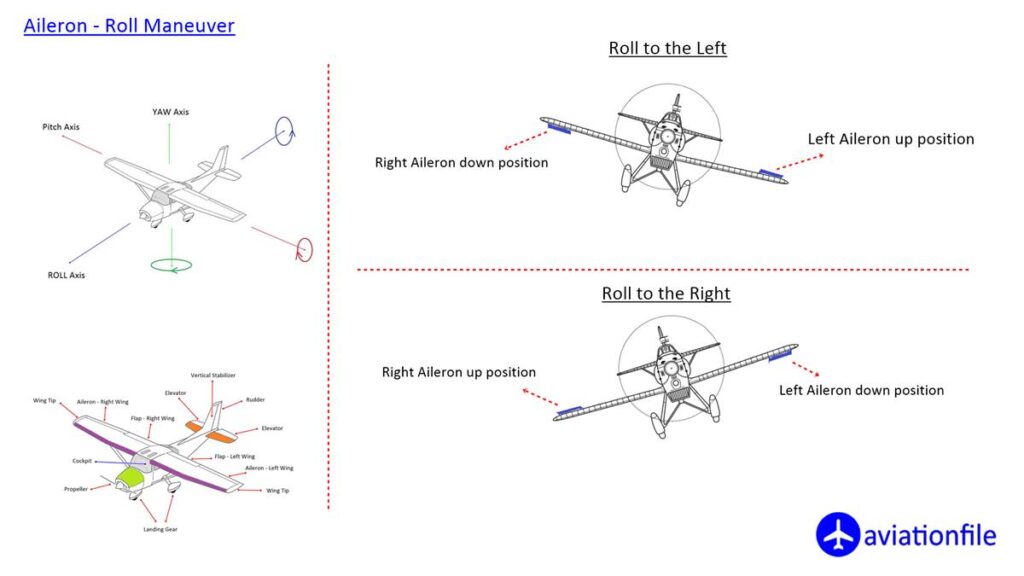
2. Elevators
Elevators, mounted on the horizontal stabilizer of the tail, control the pitch by altering the aircraft’s angle of attack. When the elevator deflects upward, it decreases lift on the tail, causing the nose to rise. Conversely, a downward deflection increases tail lift, causing the nose to drop. Elevators allow precise altitude control, affecting the aircraft’s climb or descent trajectory. Proper balance in elevator forces is vital for the stability of the aircraft’s flight path, especially in high-speed and low-speed regimes.
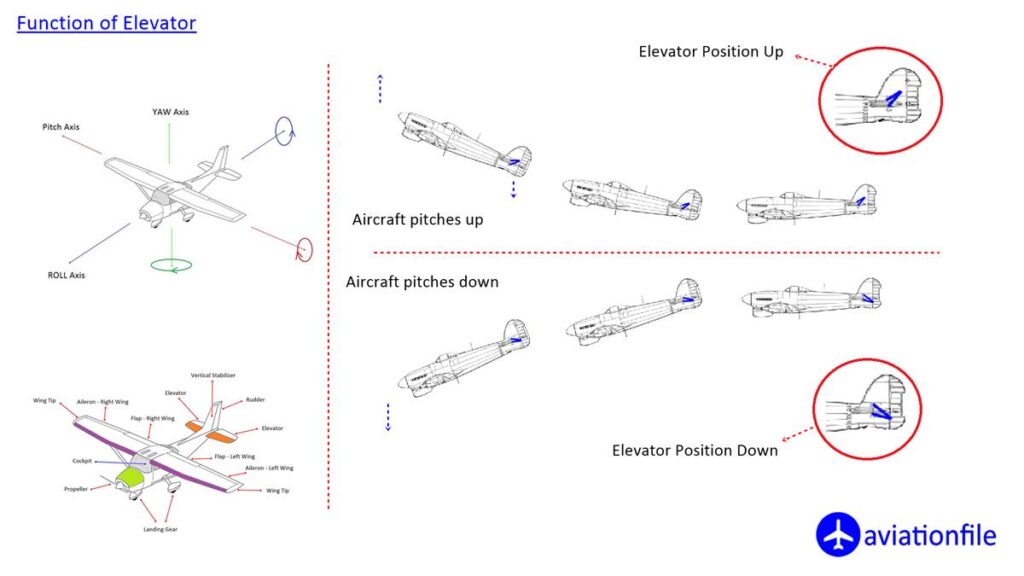
3. Rudder
The rudder, situated on the vertical stabilizer, is pivotal for controlling yaw—the side-to-side movement around the vertical axis. By deflecting the rudder left or right, a pilot can alter the direction of the nose, aiding in directional control and stability during flight. In turns, coordinated use of the rudder minimizes adverse yaw, a phenomenon where the aircraft’s nose drifts away from the desired direction. Modern aircraft use interconnected rudder systems that work in tandem with ailerons to optimize stability, especially during crosswind landings or turbulent conditions.
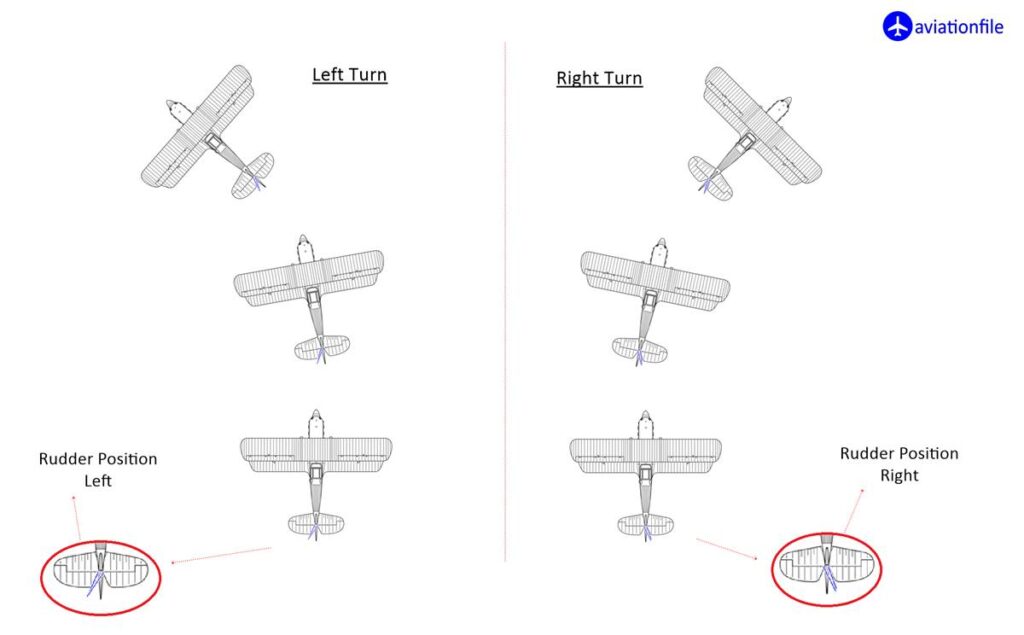
Secondary Control Surfaces
1. Flaps
Flaps, positioned along the trailing edge of the wings, increase lift and drag when deployed, especially during takeoff and landing. By extending the flaps downward, the wing surface area and curvature increase, producing more lift at lower speeds. This function allows safer landings and takeoffs within shorter distances. Different flap designs—such as plain, split, slotted, and Fowler flaps—provide varying levels of control, depending on the aircraft type and operational requirements.
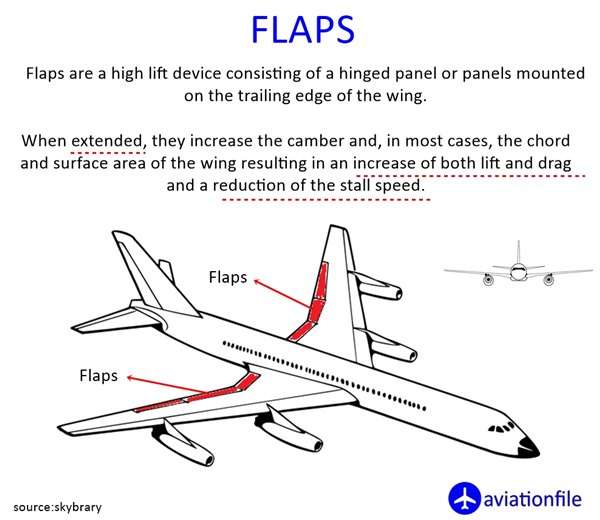
2. Slats
Slats are retractable surfaces on the leading edge of the wing that, when extended, delay the onset of airflow separation, allowing higher angles of attack before stalling. By effectively managing airflow over the wing, slats enhance lift and provide better control during slow-speed operations. They work in conjunction with flaps to maximize lift while minimizing stall risk, making them indispensable in modern commercial and military aircraft.
3. Spoilers
Spoilers are panels on the upper surface of the wing that disrupt airflow when deployed, reducing lift and increasing drag. They serve multiple purposes: aiding descent, reducing landing rollout distances, and enabling controlled roll in some aircraft. They also act as speed brakes, crucial for controlling the aircraft’s rate of descent without gaining excessive speed. In advanced aircraft, spoilers are integrated into flight control systems, contributing to lateral control by combining with aileron functions.
Advanced Control Mechanisms
With advancements in technology, fly-by-wire (FBW) systems have revolutionized the operation of control surfaces. Unlike traditional mechanical linkages, FBW systems use electronic signals to actuate control surfaces, allowing for precise adjustments that enhance stability, efficiency, and safety. FBW also integrates autopilot systems and flight envelope protections, assisting pilots in maintaining optimal control across a range of flight conditions.
References and Further Reading
- Federal Aviation Administration. Pilot’s Handbook of Aeronautical Knowledge. This comprehensive resource outlines primary and secondary control surfaces and their function in flight dynamics.
- NASA Armstrong Flight Research Center. Flight Mechanics. An excellent source for understanding aerodynamic principles and control surface applications.
- Boeing. Flight Basics series. Provides manufacturer-specific perspectives on control surfaces in commercial and military aviation.
